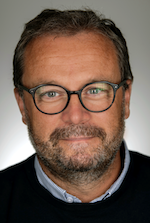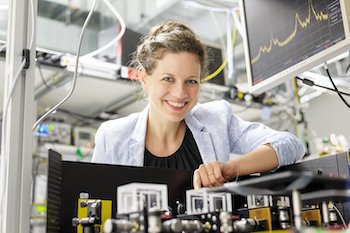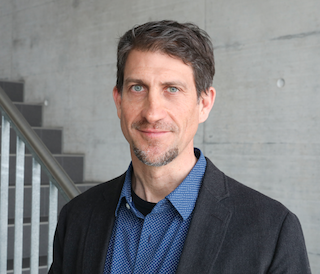Conférenciers invités---------------------------------------------------------------------------------------------------------------------------- LAURENT VIVIEN, "Towards fully integrated supercontinuum sources for the silicon photonics platform," Université Paris-Saclay, CNRS, Centre de Nanosciences et de Nanotechnologies (C2N), France
Laurent Vivien is a CNRS research director at the Center for Nanosciences and Nanotechnologies (C2N, CNRS/Université Paris-Saclay). He joined CNRS in 2003 to develop innovative concepts in silicon photonics, including optoelectronic and hybrid photonic devices. Laurent Vivien has also initiated several projects focused on strained silicon platforms to harness nonlinear effects and the hybrid integration of carbon nanotubes and crystalline oxides on Si and SiN. Since 2016, he has served as deputy director of C2N and head of the Photonics Department. In 2021, along with J. Michon (France, President & CEO), J.J. Hu of MIT (USA), and D. Kita of Ayar Labs (USA), he co-founded the start-up InSpek-Solution to develop integrated sensors. In 2022, he was awarded an ERC Advanced Grant on Crystalline Oxides Platform for Hybrid Silicon Photonics. He is also a Fellow of OPTICA, EOS, and SPIE. ---------------------------------------------------------------------------------------------------------------------------- BIRGIT STILLER, "Waveguide optoacoustics for quantum technologies and neuromorphic photonic computing", Head of the Research Group at the Max Planck Institute for the Science of Light in Erlangen, Germany, and Prof. at the Leibniz University of Hannover.
Birgit Stiller is a full professor at Leibniz University Hannover and the leader of an independent Max Planck Research Group on “Quantum Optoacoustics” at the Max Planck Institute for the Science of Light in Erlangen, both in Germany. From 2015 to 2019 she held a position as Postdoctoral Research Fellow at the University of Sydney, Australia, working on integrated photonic circuits. Before that she was a Postdoctoral Researcher in the field of quantum communications, specifically quantum key distribution and quantum hacking. She received her PhD from the CNRS Institute FEMTO-ST and the University of Franche-Comte in Besancon, France. Her research interests span from nonlinear optics, quantum communications to neuromorphic computing with a focus on light-sound interactions. In 2024, she was awarded an ERC Consolidator Grant on optoacoustic neuromorphic computing and she became a Henriette-Herz-Scout for the Humboldt Foundation. ---------------------------------------------------------------------------------------------------------------------------- CHRISTOPHE MOSER, "Nonlinear Effects in Optical Fibers and Waveguides for AI Applications," Professor at EPFL, Lausanne, Switzerland
Christophe Moser is Full Professor of Optics in the department of Electrical and MicroEngineering (IEM) at EPFL. He obtained his PhD at the California Institute of Technology in optical information processing in 2000. He co-founded and was the CEO of Ondax Inc (now Coherent Inc.), Monrovia California for 10 years before joining EPFL in 2010. His interests are Volumetric 3D printing, optical computing, ultra-compact endoscopy through multimode fibers. He co-founded Composyt light lab in the field of head worn displays in 2014 (acquired by Intel Corporation in 2015). He is the co-founder or EarlySight SA (2019), Readily3D SA (2020) and Modendo (2021). He is the author and co-author of over 100 peer reviewed publications and over 70 patents. Abstract: The growing complexity of AI models demands efficient computing architectures. Optical computing offers a promising solution, yet achieving nonlinear processing optically remains a challenge. We explore nonlinear effects in lithium niobate (LiNbO₃) waveguides and multimode fibers (MMFs) to enhance AI computations. Integrated LiNbO₃ waveguides leverage χ² and χ³ nonlinearities to transform input data, boosting classification accuracy by 10% while reducing model parameters 20-fold. MMFs, programmed via wavefront shaping, exploit nonlinear mode coupling to perform AI tasks with 97% fewer parameters, reducing reliance on digital processing. All-optical classification is demonstrated by reading decisions directly from beam position. These approaches highlight the potential of nonlinear optics for scalable, energy-efficient AI acceleration.
|





